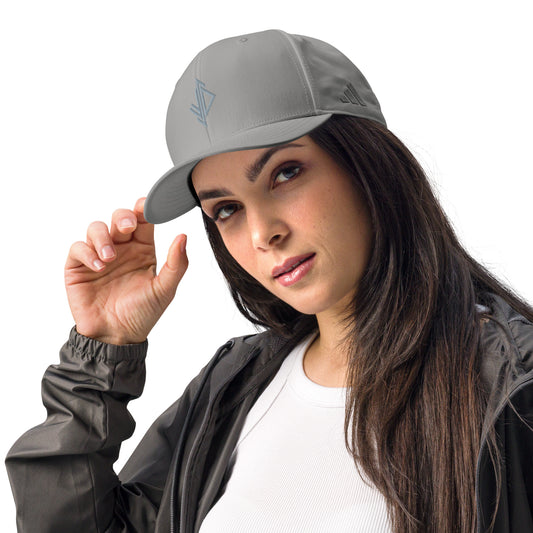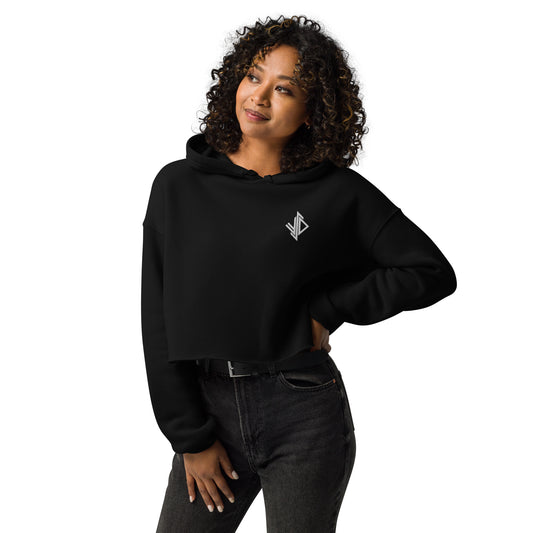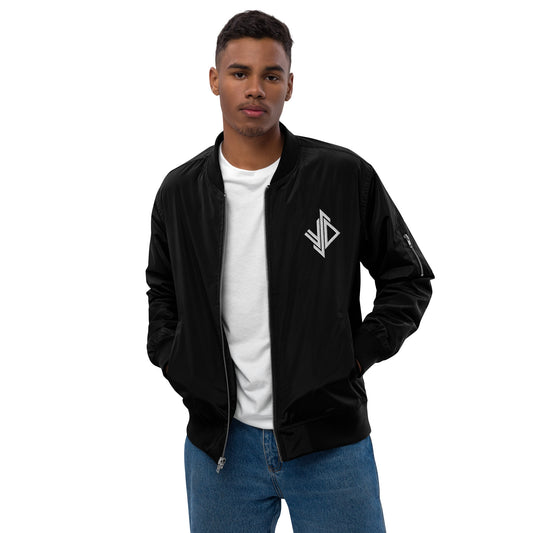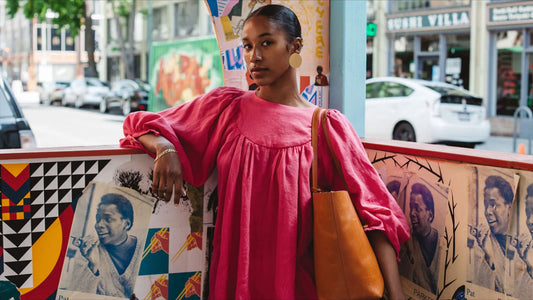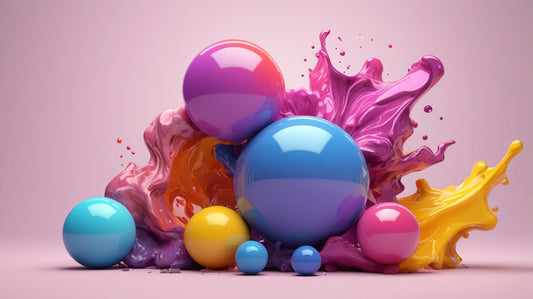
Future of Couture: NFTs Are Redefining Digital Fashion
Fashion has always been a dynamic industry, constantly evolving with technology and culture. From the invention of the sewing machine to the rise of fast fashion, each innovation has reshaped how we create, consume, and perceive clothing. Now, a new revolution is underway—one that merges fashion with blockchain technology through non-fungible tokens (NFTs).
NFTs are not just changing how we buy and sell digital art; they are transforming the very concept of fashion. Digital garments, virtual wearables, and blockchain-authenticated couture are redefining what it means to own and express style. This shift is not merely about aesthetics—it’s about identity, ownership, and the future of self-expression in an increasingly digital world.
The Rise of Digital Fashion

Digital fashion is not a new concept. Video games and virtual worlds like Second Life have allowed users to dress their avatars in unique outfits for years. However, NFTs bring something unprecedented to the table: verifiable ownership and scarcity.
Before NFTs, digital fashion existed in closed ecosystems. A designer could create a stunning virtual dress, but once it was copied or screenshotted, its exclusivity vanished. Blockchain technology solves this problem by attaching a unique, unchangeable digital certificate to each piece. This means that a digital garment can be as rare and valuable as a physical haute couture dress.
Major fashion houses are already embracing this shift. Brands like Gucci, Balenciaga, and Dolce & Gabbana have launched NFT collections, blending physical and digital exclusivity. Meanwhile, digital-native brands like The Fabricant and RTFKT (acquired by Nike) are pushing boundaries with entirely virtual fashion lines.
Why NFTs Matter for Fashion

At first glance, the idea of buying clothing that doesn’t physically exist might seem absurd. But when we examine the deeper implications, the value becomes clear. Here’s why NFTs are a game-changer for the fashion industry:
1. Sustainability – The fashion industry is one of the largest polluters globally. Digital fashion eliminates waste from production, shipping, and disposal.
2. Creative Freedom – Designers are no longer constrained by fabric, physics, or manufacturing limitations. They can create gravity-defying, hyper-futuristic pieces that would be impossible in the physical world.
3. New Revenue Streams – Brands can monetize digital assets directly, selling limited-edition virtual wearables to a global audience without logistical hurdles.
4. Identity & Expression – In virtual spaces like metaverses and social media, digital fashion allows users to curate their appearance in ways that transcend physical limitations.
The Metaverse as a Runway

The metaverse—a collective virtual shared space—is becoming the new frontier for fashion. Platforms like Decentraland, Roblox, and Fortnite are hosting digital fashion shows where users can purchase and wear NFT-based outfits.
Imagine attending a virtual Gucci exhibition where your avatar wears an exclusive NFT jacket that only 100 people in the world own. Or collaborating with a digital designer to create a one-of-a-kind outfit that exists solely in augmented reality (AR). These experiences are no longer speculative—they’re happening now.
Luxury brands are investing heavily in this space. Balenciaga partnered with Fortnite to sell digital skins, while Ralph Lauren launched a winter-themed collection in Roblox. These initiatives blur the line between gaming, social media, and high fashion, creating entirely new consumer behaviors.
Challenges and Criticisms
Despite its potential, NFT fashion faces skepticism. Critics argue that it’s a bubble, a speculative trend detached from real-world value. Others question the environmental impact of blockchain technology, though solutions like Ethereum’s shift to proof-of-stake are reducing energy consumption.
There’s also the issue of accessibility. High-profile NFT drops often cater to crypto-savvy buyers, leaving traditional fashion enthusiasts behind. For mass adoption, the industry must simplify the process of purchasing and using digital wearables.
The Future of NFT Fashion

The fusion of fashion and blockchain is still in its early stages, but the trajectory is clear. As augmented reality glasses and virtual worlds become mainstream, digital clothing will be as essential to our identities as physical attire.
We may soon see a world where:
- Your NFT wardrobe is as curated as your real one.
- Digital fashion rentals become a booming market.
- Designers release hybrid collections—physical garments paired with NFT counterparts for virtual wear.
The future of couture is not just about fabric and thread; it’s about pixels and blockchain. And as the lines between physical and digital continue to blur, one thing is certain: fashion will never be the same.
Are you ready to embrace the next era of style? The virtual runway awaits.



